History of civil engineering

Civil engineering is the application of physical and scientific principles for solving the problems of society, and its history is intricately linked to advances in understanding of physics and mathematics throughout history. Because civil engineering is a wide ranging profession, including several separate specialized sub-disciplines, its history is linked to knowledge of structures, materials science, geography, geology, soils, hydrology, environment, mechanics and other fields. Throughout ancient and medieval history most architectural design and construction was carried out by artisans, such as stonemasons and carpenters, rising to the role of master builder. Knowledge was retained in guilds and seldom supplanted by advances. Structures, roads and infrastructure that existed were repetitive, and increases in scale were incremental. One of the earliest examples of a scientific approach to physical and mathematical problems applicable to civil engineering is the work of Archimedes in the 3rd century BC, including Archimedes Principle, which underpins our understanding of buoyancy, and practical solutions such as Archimedes’ screw. Brahmagupta, an Indian mathematician, used arithmetic in the 7th century AD, based on Hindu-Arabic numerals, for excavation (volume) computations.
2- Sub-disciplines
In general, civil engineering is concerned with the overall interface of human created fixed projects with the greater world. General civil engineers work closely with surveyors and specialized civil engineers to design grading, drainage, pavement, water supply, sewer service,dams, electric and communications supply. General civil engineering is also referred to as site engineering, a branch of civil engineering that primarily focuses on converting a tract of land from one usage to another. Site engineers spend time visiting project sites, meeting with stakeholders, and preparing construction plans. Civil engineers apply the principles of Construction and Building Materials, Structural and Earthquake Engineering, Rock Mechanics and Geotechnical Engineering, Environmental Engineering, Water Science and Engineering, Transportation Engineering, Ocean and Marine Engineering, Urban Engineering, and Surveying Engineering to residential, commercial, industrial and public works projects of all sizes and levels of construction.
2.1- Construction and Building Materials
2.1.1- Materials Science and Engineering
Materials science is closely related to civil engineering. It studies fundamental characteristics of materials, and deals with ceramics such as concrete and mix asphalt concrete, strong metals such as aluminum and steel, and polymers including polymethylmethacrylate (PMMA) and carbon fibers.
Materials engineering involves protection and prevention (paints and finishes). Alloying combines two types of metals to produce another metal with desired properties. It incorporates elements of applied physics and chemistry. With recent media attention on nanoscience and nanotechnology, materials engineering has been at the forefront of academic research. It is also an important part of forensic engineering and failure analysis.
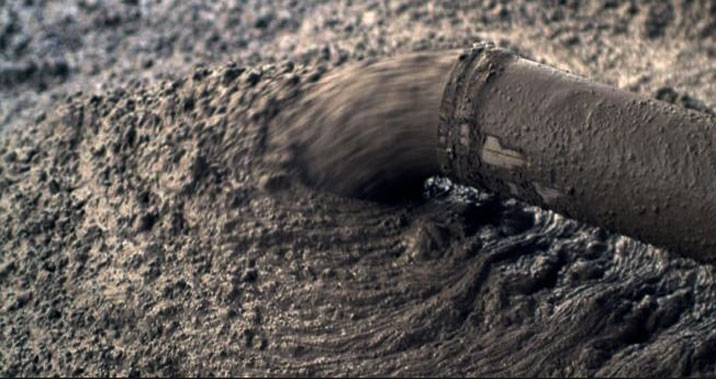
2.1.2- Construction Engineering
Construction engineering involves planning and execution, transportation of materials, site development based on hydraulic, environmental, structural and geotechnical engineering. As construction firms tend to have higher business risk than other types of civil engineering firms do, construction engineers often engage in more business-like transactions, for example, drafting and reviewing contracts, evaluating logistical operations, and monitoring prices of supplies.

2.1.3- Forensic Engineering
Forensic engineering is the investigation of materials, products, structures or components that fail or do not operate or function as intended, causing personal injury or damage to property. The consequences of failure are dealt with by the law of product liability. The field also deals with retracing processes and procedures leading to accidents in operation of vehicles or machinery. The subject is applied most commonly in civil law cases, although it may be of use in criminal law cases. Generally the purpose of a Forensic engineering investigation is to locate cause or causes of failure with a view to improve performance or life of a component, or to assist a court in determining the facts of an accident. It can also involve investigation of intellectual property claims, especially patents.
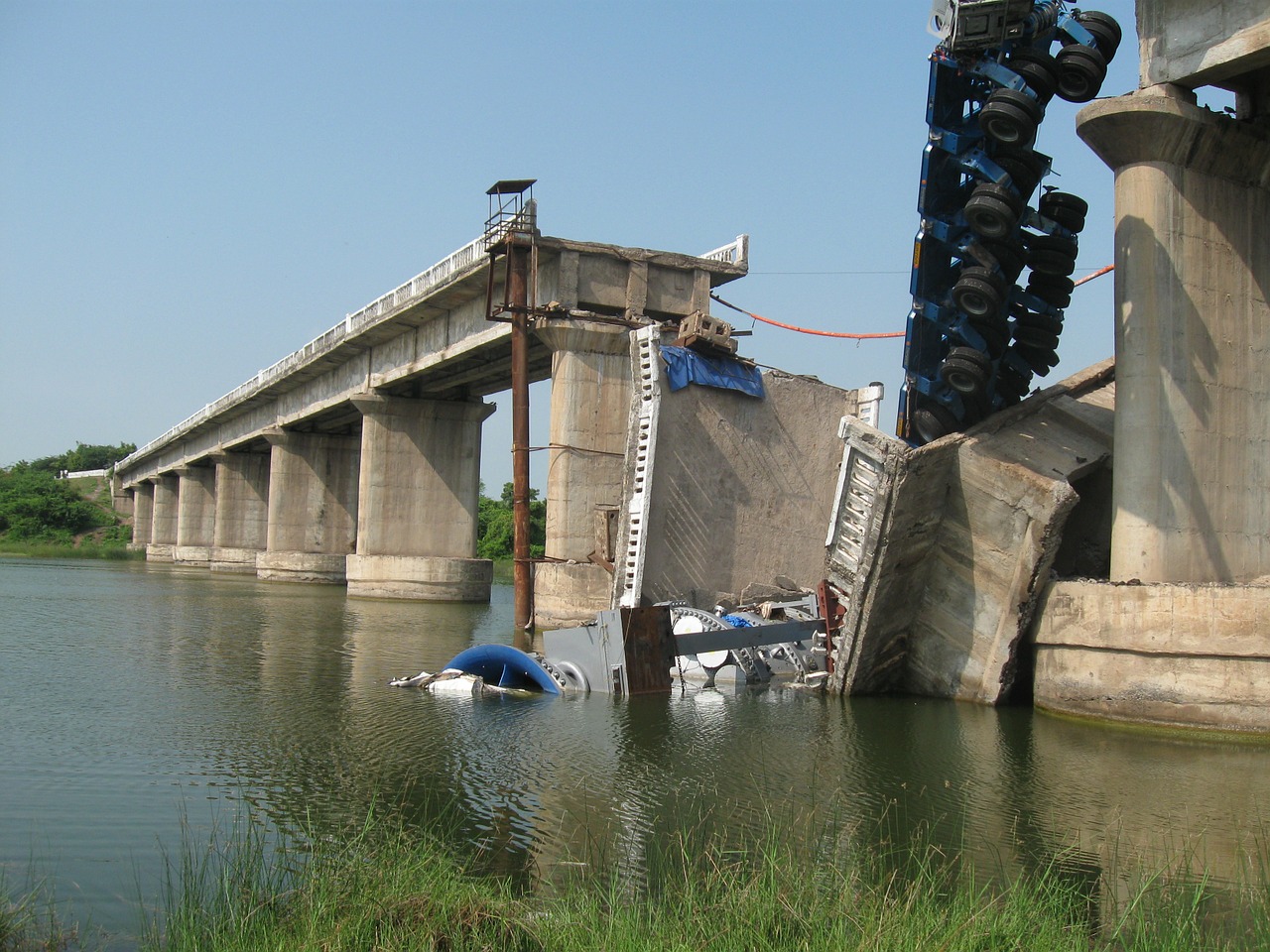
2.2- Structural and Earthquake Engineering
2.2.1- Structural Engineering
Structural engineering is concerned with the structural design and structural analysis of buildings, bridges, towers, flyovers (overpasses), tunnels, off shore structures like oil and gas fields in the sea, aerostructure and other structures. This involves identifying the loads which act upon a structure and the forces and stresses which arise within that structure due to those loads, and then designing the structure to successfully support and resist those loads. The loads can be self weight of the structures, other dead load, live loads, moving (wheel) load, wind load, earthquake load, load from temperature change etc. The structural engineer must design structures to be safe for their users and to successfully fulfill the function they are designed for (to be serviceable). Due to the nature of some loading conditions, sub-disciplines within structural engineering have emerged, including wind engineering and earthquake engineering. Design considerations will include strength, stiffness, and stability of the structure when subjected to loads which may be static, such as furniture or self-weight, or dynamic, such as wind, seismic, crowd or vehicle loads, or transitory, such as temporary construction loads or impact. Other considerations include cost, constructability, safety, aesthetics and sustainability.

2.2.2- Earthquake Engineering
Earthquake engineering involves designing structures to withstand hazardous earthquake exposures. Earthquake engineering is a sub-discipline of structural engineering. The main objectives of earthquake engineering are to understand interaction of structures on the shaky ground; foresee the consequences of possible earthquakes; and design, construct and maintain structures to perform at earthquake in compliance with building codes.
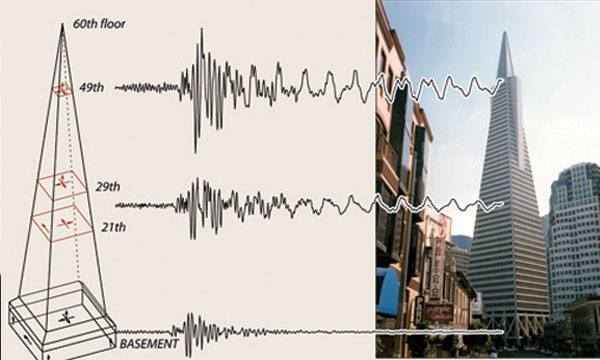
2.3- Rock Mechanics and Geotechnical Engineering
Geotechnical engineering studies rock and soil supporting civil engineering systems. Knowledge from the field of soil science, materials science, mechanics, and hydraulics is applied to safely and economically design foundations, retaining walls, and other structures. Environmental efforts to protect groundwater and safely maintain landfills have spawned a new area of research called geoenvironmental engineering.
Identification of soil properties presents challenges to geotechnical engineers. Boundary conditions are often well defined in other branches of civil engineering, but unlike steel or concrete, the material properties and behavior of soil are difficult to predict due to its variability and limitation on investigation. Furthermore, soil exhibits nonlinear (stress-dependent) strength, stiffness, and dilatancy (volume change associated with application of shear stress), making studying soil mechanics all the more difficult.
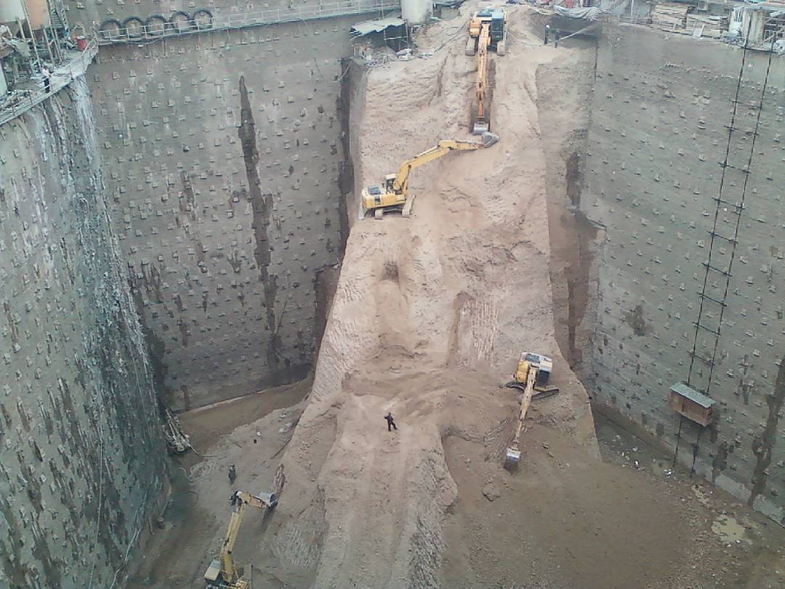
2.4- Environmental Engineering
Environmental engineering is the contemporary term for sanitary engineering, though sanitary engineering traditionally had not included much of the hazardous waste management and environmental remediation work covered by environmental engineering. Public health engineering and environmental health engineering are other terms being used.
Environmental engineering deals with treatment of chemical, biological, or thermal wastes, purification of water and air, and remediation of contaminated sites after waste disposal or accidental contamination. Among the topics covered by environmental engineering are pollutant transport, water purification, waste water treatment, air pollution, solid waste treatment, and hazardous waste management. Environmental engineers administer pollution reduction, green engineering, and industrial ecology. Environmental engineers also compile information on environmental consequences of proposed actions.

2.5- Water Science and Engineering
2.5.1- Water Resources Engineering
Water resources engineering is concerned with the collection and management of water (as a natural resource). As a discipline it therefore combines elements of hydrology, environmental science, meteorology, conservation, and resource management. This area of civil engineering relates to the prediction and management of both the quality and the quantity of water in both underground (aquifers) and above ground (lakes, rivers, and streams) resources. Water resource engineers analyze and model very small to very large areas of the earth to predict the amount and content of water as it flows into, through, or out of a facility. Although the actual design of the facility may be left to other engineers.
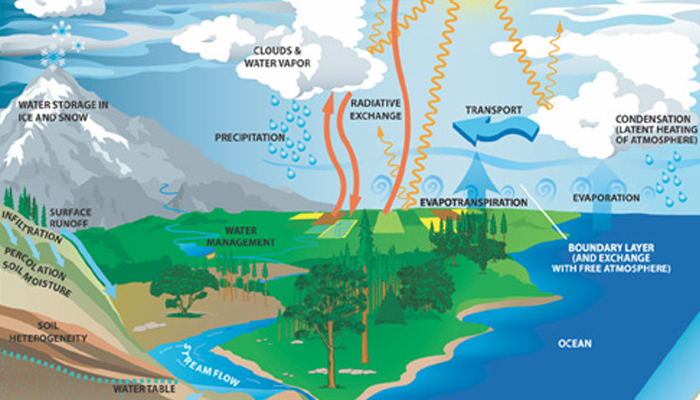
2.5.2- Hydraulic Engineering
Hydraulic engineering as a sub-discipline of civil engineering is concerned with the flow and conveyance of fluids, principally water and sewage. One feature of these systems is the extensive use of gravity as the motive force to cause the movement of the fluids. This area of civil engineering is intimately related to the design of bridges, dams, channels, canals, and levees, and to both sanitary and environmental engineering.
Hydraulic engineering is the application of fluid mechanics principles to problems dealing with the collection, storage, control, transport, regulation, measurement, and use of water. Before beginning a hydraulic engineering project, one must figure out how much water is involved. The hydraulic engineer is concerned with the transport of sediment by the river, the interaction of the water with its alluvial boundary, and the occurrence of scour and deposition. “The hydraulic engineer actually develops conceptual designs for the various features which interact with water such as spillways and outlet works for dams, culverts for highways, canals and related structures for irrigation projects, and cooling-water facilities for thermal power plants.”
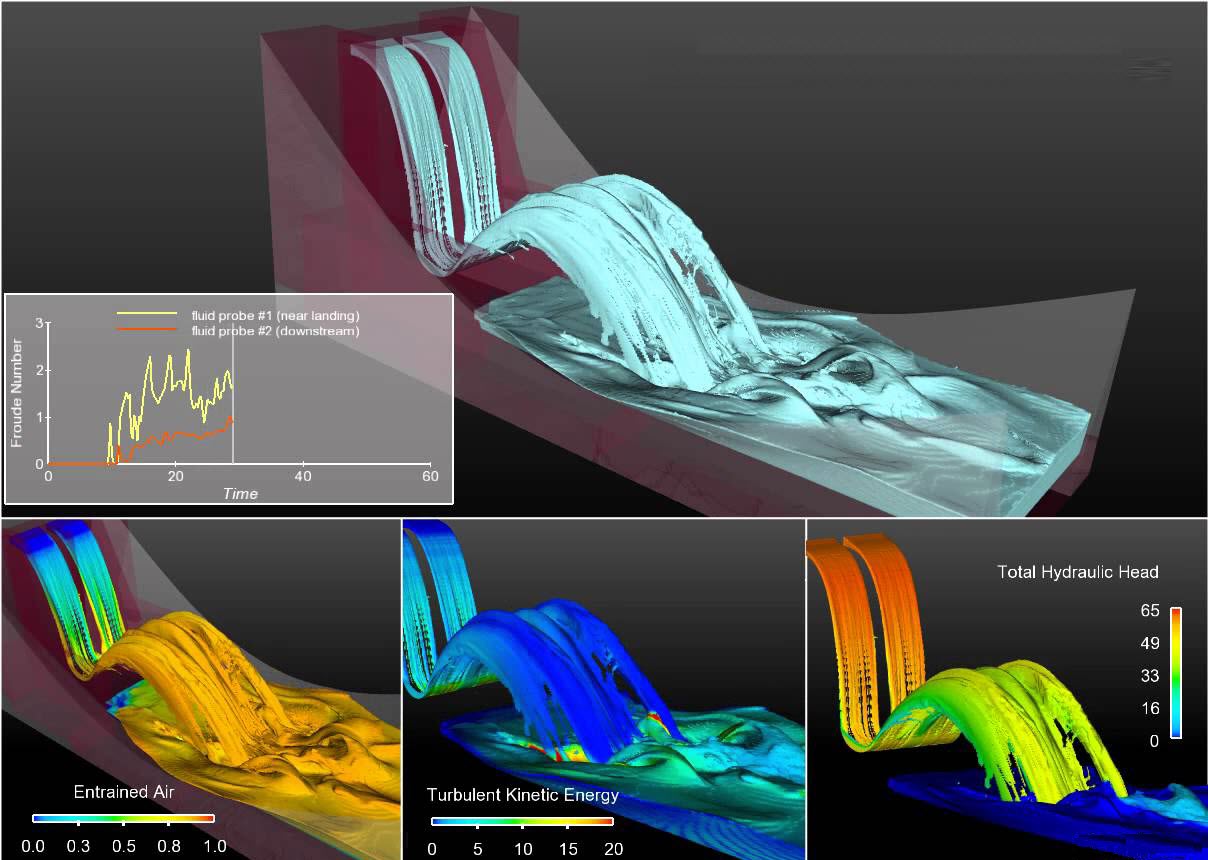
2.6- Transportation Engineering
Transportation engineering is concerned with moving people and goods efficiently, safely, and in a manner conducive to a vibrant community. This involves specifying, designing, constructing, and maintaining transportation infrastructure which includes streets, canals, highways, rail systems, airports, ports, and mass transit. It includes areas such as transportation design, transportation planning, traffic engineering, some aspects of urban engineering, queueing theory, pavement engineering, Intelligent Transportation System (ITS), and infrastructure management.
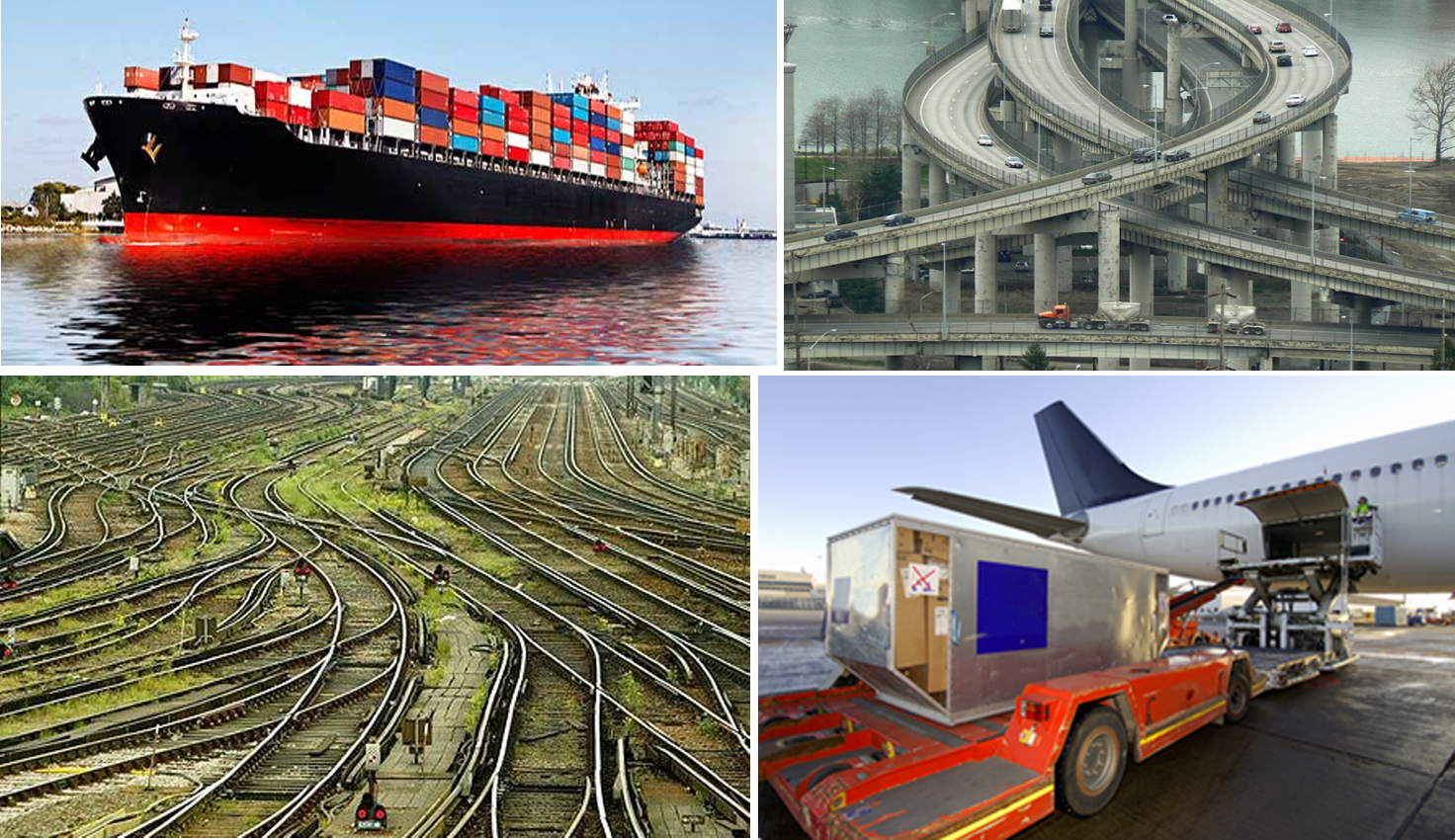
Highway engineering is an engineering discipline branching from civil engineering that involves the planning, design, construction, operation, and maintenance of roads, bridges, and tunnels to ensure safe and effective transportation of people and goods. Highway engineering became prominent towards the latter half of the 20th Century after World War 2. Standards of highway engineering are continuously being improved. Highway engineers must take into account future traffic flows, design of highway intersections/interchanges, geometric alignment and design, highway pavement materials and design, structural design of pavement thickness, and pavement maintenance.

2.7- Ocean and Marine Engineering
Coastal engineering is the branch of civil engineering concerning the specific demands posed by constructing at or near the coast, as well as the development of the coast itself.
The hydrodynamic impact of especially waves, tides, storm surges and tsunamis and (often) the harsh environment of salt seawater are typical challenges for the coastal engineer – as are the morphodynamic changes of the coastal topography, caused both by the autonomous development of the system and man-made changes. The areas of interest in coastal engineering include the coasts of the oceans, seas, marginal seas, estuaries and big lakes.
Besides the design, building and maintenance of coastal structures, coastal engineers are often interdisciplinary involved in integrated coastal zone management, also because of their specific knowledge of the hydro- and morphodynamics of the coastal system. This may include providing input and technology for e.g. environmental impact assessment, port development, strategies for coastal defense, land reclamation, offshore wind farms and other energy-production facilities, etc.

2.8- Urban Engineering
Municipal or Urban engineering is concerned with municipal infrastructure. This involves specifying, designing, constructing, and maintaining streets, sidewalks, water supply networks, sewers, street lighting, municipal solid waste management and disposal, storage depots for various bulk materials used for maintenance and public works (salt, sand, etc.), public parks and cycling infrastructure. In the case of underground utility networks, it may also include the civil portion (conduits and access chambers) of the local distribution networks of electrical and telecommunications services. It can also include the optimizing of waste collection and bus service networks. Some of these disciplines overlap with other civil engineering specialties, however municipal engineering focuses on the coordination of these infrastructure networks and services, as they are often built simultaneously, and managed by the same municipal authority. Municipal engineers may also design the site civil works for large buildings, industrial plants or campuses (i.e. access roads, parking lots, potable water supply, treatment or pretreatment of waste water, site drainage, etc.)
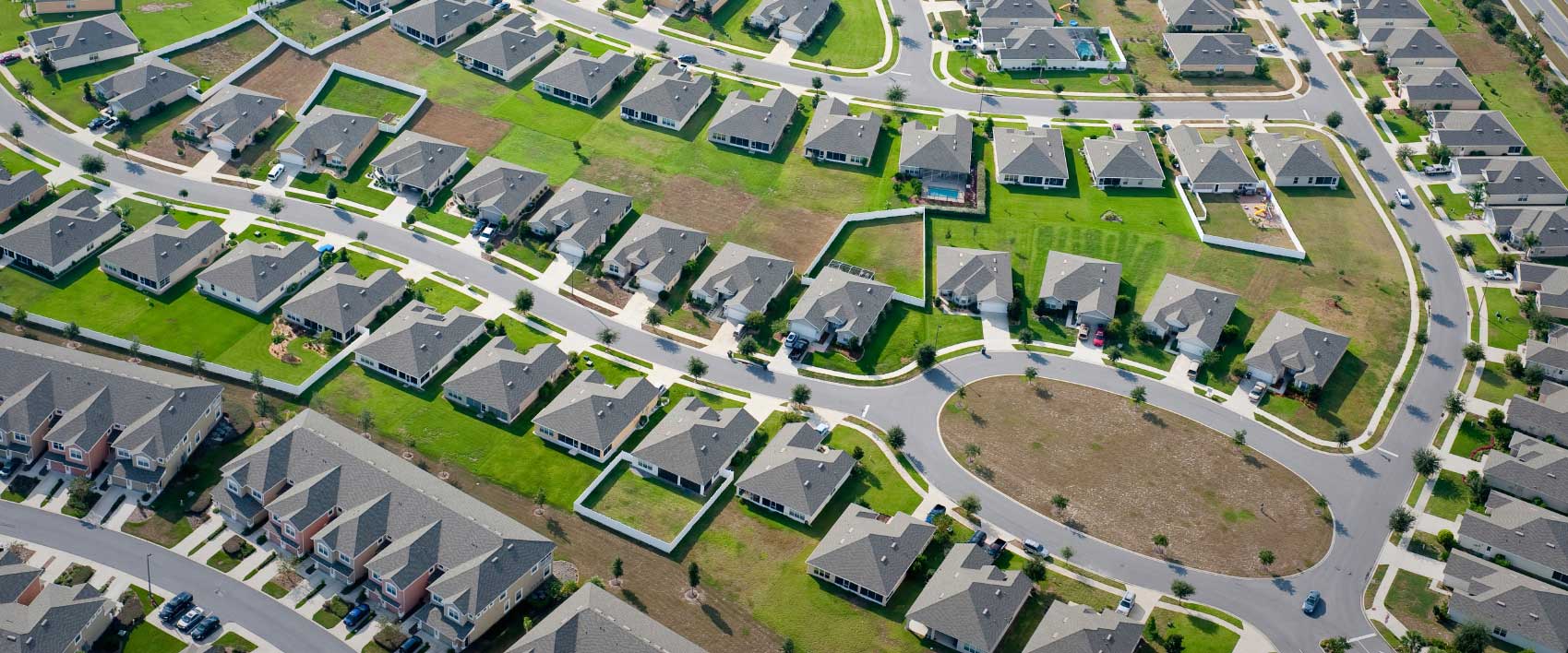
2.8.1- Urban Planning
Urban planning is a technical and political process concerned with the use of land, protection and use of the environment, public welfare, and the design of the urban environment, including air, water, and the infrastructure passing into and out of urban areas such as transportation, communications, and distribution networks. Urban Planning is also referred to as urban and regional, regional, town, city, rural planning or some combination in various areas worldwide. Urban planning takes many forms and it can share perspectives and practices with urban design.
Urban planning guides and ensures the orderly development of settlements and satellite communities which commute into and out of urban areas or share resources with it. Urban planners in the field are concerned with research and analysis, strategic thinking, architecture, urban design, public consultation, policy recommendations, implementation and management.
Urban Planners work with the cognate fields of Architecture, Landscape Architecture, Civil Engineering, and Public Administration to achieve strategic, policy and sustainability goals. Early urban planners were often members of these cognate fields. Today urban planning is a separate, independent professional discipline. The discipline is the broader category that includes many different sub-fields such as land-use planning, zoning, environmental planning, transportation planning, and Parks and Recreation.
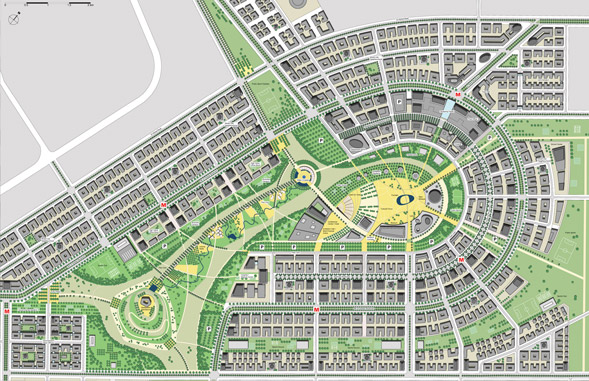
2.8.2- Urban Drainage
Built-up areas need to be drained to remove surface water runoff. Traditionally this has been achieved by using underground pipe systems designed for managing water quantity (flows and volumes), to prevent flooding locally by conveying the water away as quickly as possible. The alteration of natural flow patterns can lead to problems elsewhere in the catchment.
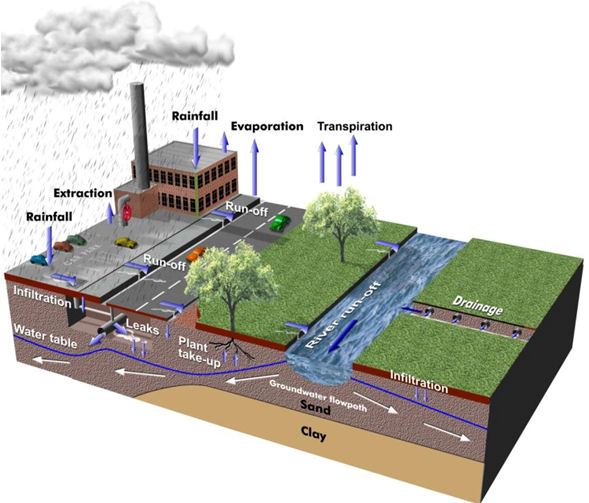
2.9- Surveying Engineering
Surveying is the process by which a surveyor measures certain dimensions that occur on or near the surface of the Earth. Surveying equipment, such as levels and theodolites, are used for accurate measurement of angular deviation, horizontal, vertical and slope distances. With computerisation, electronic distance measurement (EDM), total stations, GPS surveying and laser scanning have to a large extent supplanted traditional instruments. Data collected by survey measurement is converted into a graphical representation of the Earth’s surface in the form of a map. This information is then used by civil engineers, contractors and realtors to design from, build on, and trade, respectively. Elements of a structure must be sized and positioned in relation to each other and to site boundaries and adjacent structures. Although surveying is a distinct profession with separate qualifications and licensing arrangements, civil engineers are trained in the basics of surveying and mapping, as well as geographic information systems. Surveyors also lay out the routes of railways, tramway tracks, highways, roads, pipelines and streets as well as position other infrastructure, such as harbors, before construction.
2.9.1- Land Surveying
BLM cadastral survey marker from 1992 in San Xavier, Arizona.
In the United States, Canada, the United Kingdom and most Commonwealth countries land surveying is considered to be a separate and distinct profession. Land surveyors are not considered to be engineers, and have their own professional associations and licensing requirements. The services of a licensed land surveyor are generally required for boundary surveys (to establish the boundaries of a parcel using its legal description) and subdivision plans (a plot or map based on a survey of a parcel of land, with boundary lines drawn inside the larger parcel to indicate the creation of new boundary lines and roads), both of which are generally referred to as Cadastral surveying.
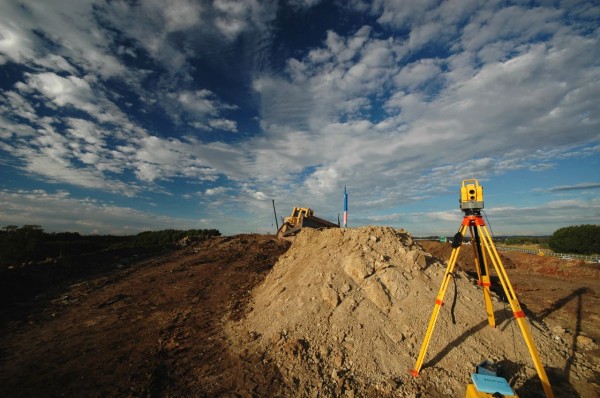
2.9.2- Construction Surveying
Construction surveying is generally performed by specialised technicians. Unlike land surveyors, the resulting plan does not have legal status. Construction surveyors perform the following tasks:
Surveying existing conditions of the future work site, including topography, existing buildings and infrastructure, and underground infrastructure when possible;
“lay-out” or “setting-out”: placing reference points and markers that will guide the construction of new structures such as roads or buildings;
Verifying the location of structures during construction;
As-Built surveying: a survey conducted at the end of the construction project to verify that the work authorized was completed to the specifications set on plans.
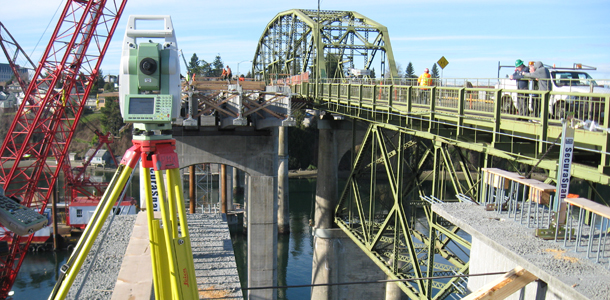
Source: civilejournal










